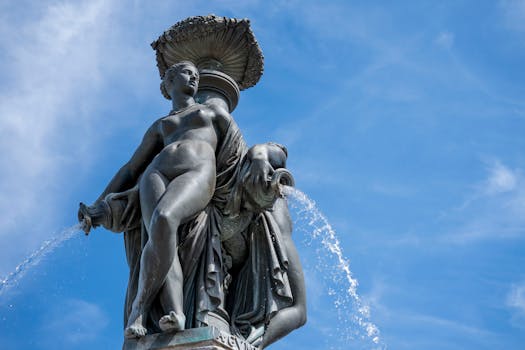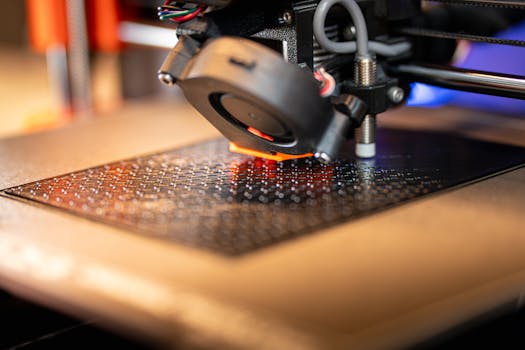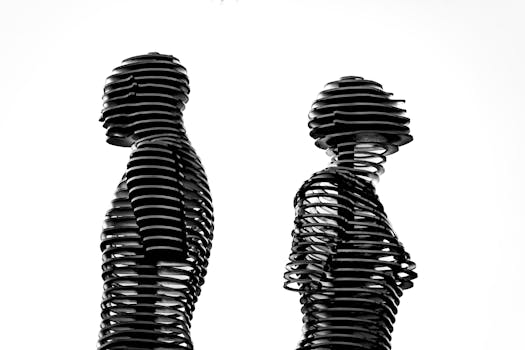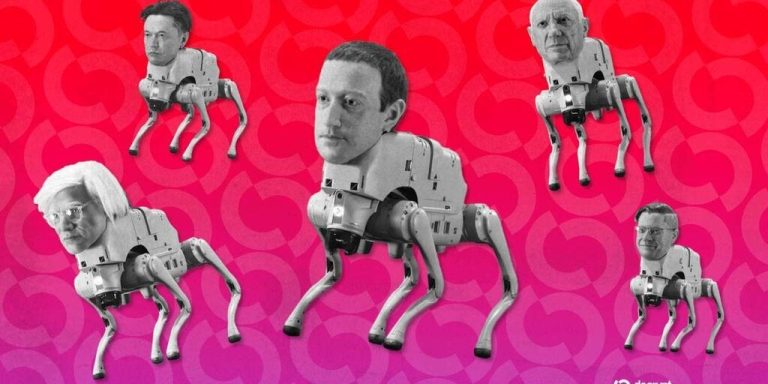
Contemporary Sculptures That Challenge Traditional Boundaries
Takeaways: Contemporary sculptures are redefining traditional boundaries in the art world. Artists are using unconventional materials and innovative techniques to engage audiences, provoke thought, and inspire dialogue. From interactive installations to large-scale public art, these sculptures not only challenge the viewer’s perceptions but also explore themes of identity, environment, and technology.
In recent years, the world of sculpture has evolved dramatically. Artists are now embracing a wide array of materials and techniques, breaking free from the traditional confines of stone and metal. Contemporary sculptures invite viewers to interact, engage, and reflect on the messages embedded within the art. This article delves into some of the most innovative contemporary sculptures that challenge traditional boundaries and redefine the viewer’s experience.
The Evolution of Sculpture in Contemporary Art

One pivotal aspect of contemporary sculpture is the use of mixed media. Artists like Anish Kapoor and Olafur Eliasson are known for their large-scale installations that incorporate light, sound, and movement, transforming the viewer’s experience. Kapoor’s Cloud Gate in Chicago, for instance, is not just a sculpture; it’s an interactive experience that reflects the city skyline and invites people to engage with their surroundings.
Additionally, contemporary artists are increasingly aware of the societal and environmental implications of their work. Many sculptures address pressing issues such as climate change, urbanization, and social justice. For example, the works of artist Christo and Jeanne-Claude, known for their large-scale environmental projects like The Gates in Central Park, challenge viewers to reconsider their relationship with public spaces.
Innovative Materials and Techniques

Take, for instance, the work of artist El Anatsui, who creates stunning wall sculptures from discarded bottle caps and aluminum. His pieces challenge the viewer to think about consumption, waste, and the stories behind everyday objects. Similarly, artist Tara Donovan uses simple materials like plastic cups and straws to create massive, captivating installations that resemble natural formations, inviting discussions about nature and artifice.
Moreover, the incorporation of technology into sculpture is becoming increasingly prevalent. Artists are utilizing digital tools, augmented reality, and interactive elements to create immersive experiences. For example, the work of teamLab, a collective from Japan, merges art and technology, allowing viewers to interact with dynamic digital installations that blur the line between the physical and virtual worlds.
Public Art and Community Engagement

One notable example is the Fearless Girl statue by Kristen Visbal, which was placed in front of the Charging Bull in New York City. This sculpture sparked conversations about gender equality and empowerment, demonstrating the capacity of public art to influence societal discourse. Similarly, works like The Kissing Sailor by Seward Johnson, which celebrates love and unity, resonate deeply with audiences in public settings.
Furthermore, contemporary sculptures often encourage audience participation, inviting viewers to not just observe but to engage with the artwork. This interaction can take many forms, from physically walking through an installation to contributing to the creation of a piece. Artists like Yoko Ono have incorporated participatory elements in their work, transforming the audience from passive viewers to active participants in the artistic process.
Conclusion







